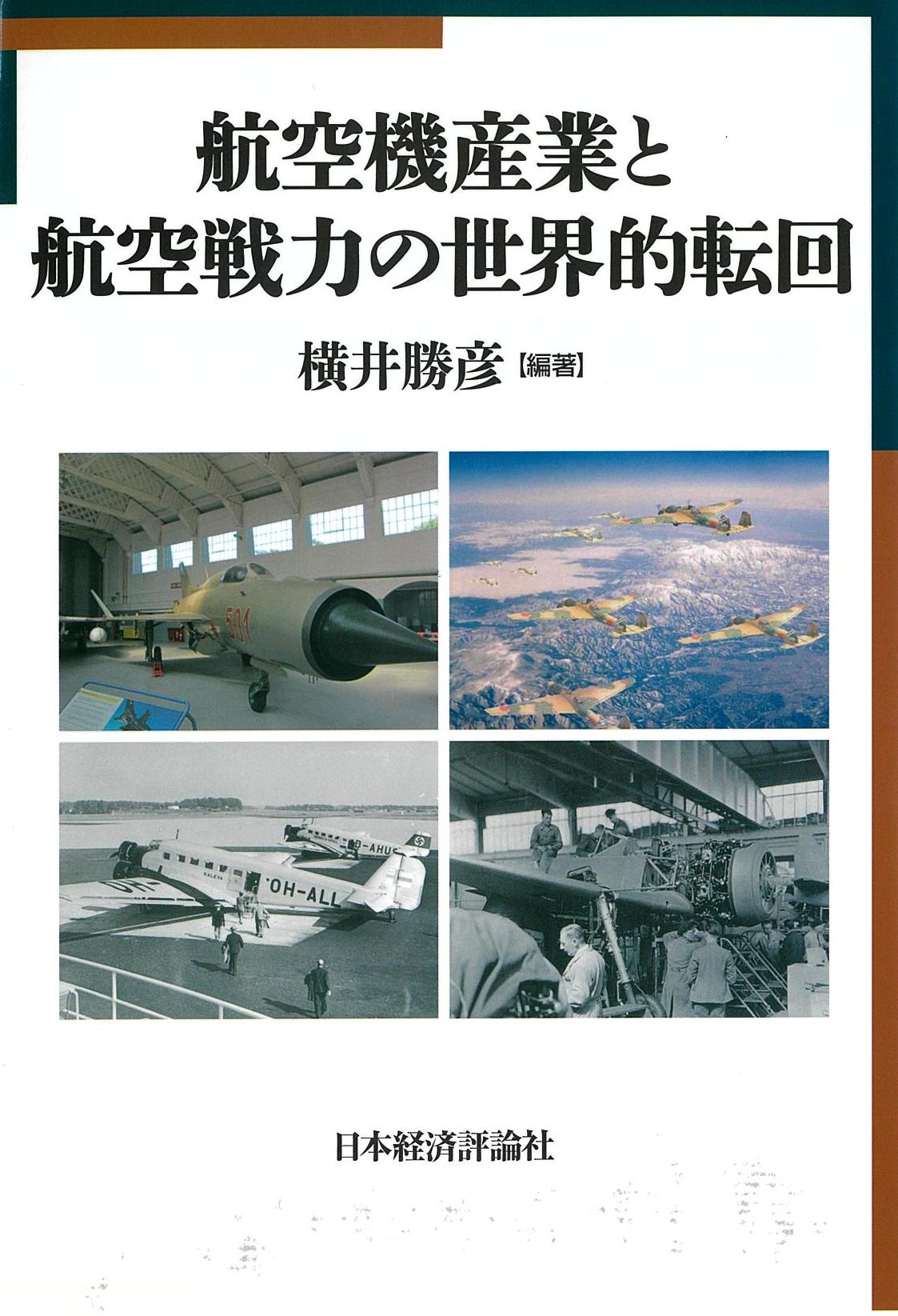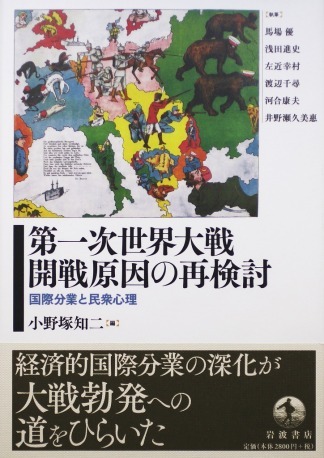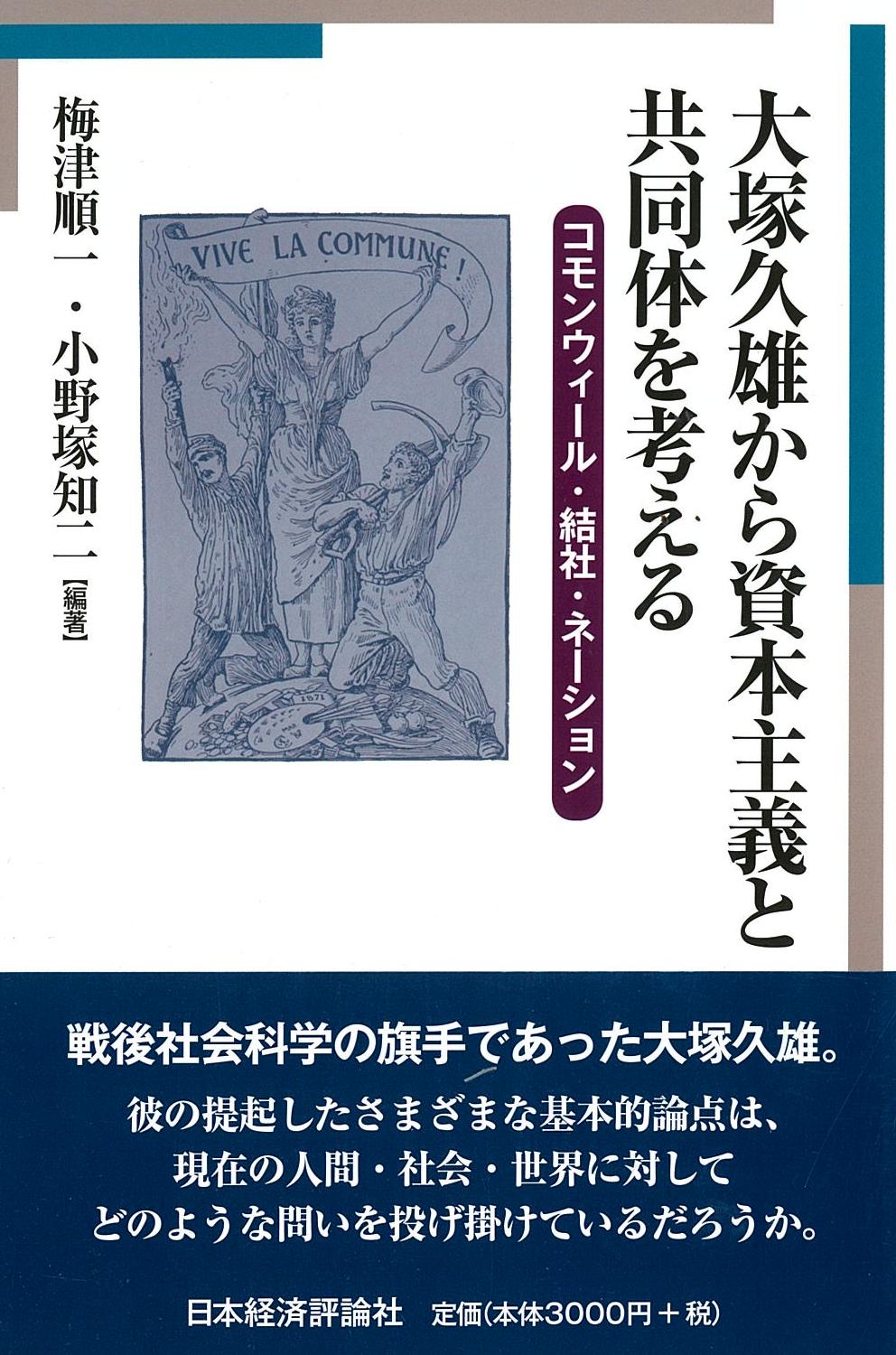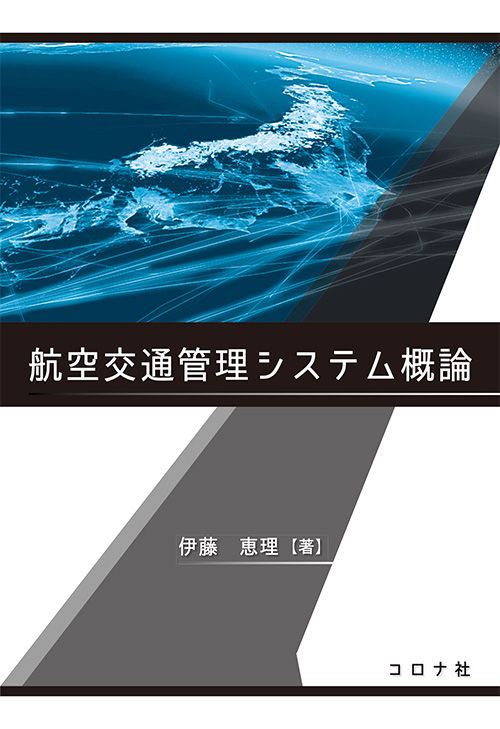
Title
Meiji University Research Institute for the History of Global Arms Transfer Series 1 Koukuuki-Sangyo to Koukuu-Senryoku no Sekaiteki-Tenkai (Global Evolution of the Aircraft Industry and Air Power)
Size
406 pages, A5 format
Language
Japanese
Released
December, 2016
ISBN
978-4-8188-2428-7
Published by
Nihon Keizai Hyouronsha
Book Info
See Book Availability at Library
Japanese Page
The experience of aerial warfare during the First World War and concurrent progress in aviation technology compelled the nations of the world to recognize the importance of air forces in any future war and the necessity of expanding aerial warfare capabilities. At the same time, the western aircraft industries that produced military aircraft saw a rapid growth in response to the military demand during the War.
The current volume in this series investigates how the growth of the aircraft industry brought about the expansion and proliferation of aerial warfare capabilities during the “disarmament” phase of the interwar period, the explicit re-armament phase of the late 1930s, the Second World War, and the Cold War. The number of countries producing and importing aircraft has significantly increased in the past half century. The current volume sheds light on the cause and effects of this development.
Among the themes of this volume is the limited effectiveness of disarmament during the interwar period and the inevitability of weapons transfer using the concept of “military expansion under disarmament.” The volume asks the following: In what ways were the participating nations involved with disarmament negotiations, including the Washington Naval Conference (1922), the Geneva Naval Conference (1927), and the London Naval Conference (1930)? Further, in what ways did these participants, as weapons producers, respond to the restrictions? The current volume re-examines military expansion under disarmament from three perspectives.
The first perspective is that of competition in building auxiliary vessels (cruisers, destroyers, and submarines) after the Washington Naval Treaty and the expansion of aerial warfare capabilities. Because of the Washington Naval Treaty’s restrictions on the number of vessels allowed to Britain, the US, and Japan, some capital ships (battleships and battle cruisers) and aircraft carriers were scrapped or their construction cancelled. On the other hand, competition in building auxiliary vessels, which were not restricted by the Treaty, arose among the three countries. Additionally, expansion of aerial warfare capabilities, which began during the First World War, again accelerated after the Washington Naval Treaty following a short period of reduction after the War.
The second perspective is the expansion of new weapons production after the Washington Naval Treaty. In addition to building auxiliary vessels (their levels were maintained or expanded), there was a huge expansion in the production of torpedoes and aircraft. Because the London Treaty restricted the number of auxiliary vessels each country could possess, the proportion of aerial warfare capabilities as a component of each country’s arsenal rapidly increased. The Washington Conference’s air force committee attempted unsuccessfully to restrict the use of combat aircraft. The issue was repeatedly discussed up to the Second Geneva Naval Conference (1932-34). In the end, however, no agreement was reached. Moreover, by the mid-1930s, the organizational structure for supporting aerial warfare against enemy fleets was freed from its subordination to the sea and vessels. Separate, non-naval(i.e. operated on ground airfield), air forces developed large, long-range patrol and bomber aircraft, which were followed by aircraft capable of strategic bombing and eventually mass air transportation in the postwar period. The attempt to separate commercial from military aircraft and to place the latter under control was given up. As a result, aircraft were developed and sold throughout the world, retaining their potential dual-use character.
Finally, there is the issue of increased number of countries that produced and imported weapons during this period. Military aircrafts’ procurement in western countries depended heavily on the private sector. During the disarmament period, however, each country’s aircraft industry, by itself, could not exist solely on the basis of the state’s military requirements. It was necessary to develop new markets abroad. At the same time, countries that had recently gained independence began developing military capabilities by importing military aircraft and trying to produce weapons domestically to guarantee their sovereignty and independence. Thus, as this volume explains, in the interwar aircraft industry, military expansion under disarmament and arms transfer took place simultaneously and the aircraft industry achieved significance on a global scale. That significance did not end with the collapse of disarmament or the start of rearmament, but continued into the years following the Second World War.
(Written by ONOZUKA Tomoji, Professor, Graduate School of Economics / 2018)
Related Info
https://www.amazon.co.jp/dp/4818824283/
Book Info:
Global Evolution of Aircraft Industry and Air Power (Research Institute for the History of Global Arms Transfer, MEIJI University)
http://www.kisc.meiji.ac.jp/~transfer/english/news/2017/20170302.html



 Find a book
Find a book





